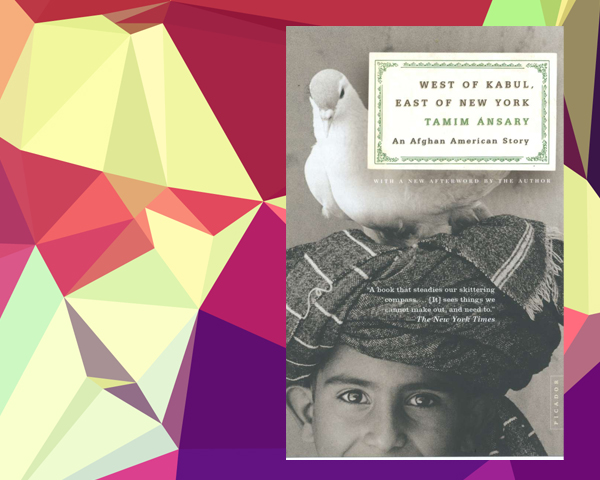Who is American?
Literary
Literature and the American Identity
Since the 1780’s, America has been known as the “melting pot” where nationalities are joined or “melted” together to make one harmonious nation. Hector St. John de Crevecoeur, in his Letters from an American Farmer (1782) was quoted as saying “…whence came all these people? They are a mixture of English, Scotch, Irish, French, Dutch, Germans, and Swedes… What, then, is the American, this new man? In 1893, historian Frederick Jackson Turner stated that “the immigrants were Americanized, liberated and fused into a mixed race, English in neither nationality nor characteristics.”
If that theory was to hold true then every woman, man and child would have to leave any thought of their heritage, religion and beliefs behind them. Finally in the 1970’s Americas nickname was changed to the “salad bowl” meaning that different cultures mix but they remain individuals. Even though America takes pride in its diversity and acceptance throughout history there is evidence of alienation and racial tension between the Anglo-American society and different cultures. From the earliest of literary works to the present it is evident that “what does it take to become an American” and “who is an American” comes into question quite often.
In 1903, W.E.B. Du Bois wrote “The Souls of Black Folk” stating that the “problem of the twentieth century is the problem of the color-line.” In the novel he reveals that all a black man wants “is to be both a Negro and an American, without being cursed and spit upon by his fellows, without having the doors of opportunity closed roughly in his face”. Du Bois believed that the ideal brotherhood consisted of “the freedom of life and limb; the freedom to work and think; the freedom to love and aspire – without having to lose the heritage and cultures of ancestors.
Novelist Vladimir Nabokov defected from Russia and in his novel “Speak, Memory” experiences from his journey are detailed. He speaks of the promise of his new homeland even while the xenophobic panic or the “red scare” was running rampant. Because America was fearful that Russian immigrants were going to start their own communist revolution they were singled out and arrested by federal agents. This fear caused many immigrants to conceal their nationality, change their names and convert to Protestantism.
Becoming Mexican American: Ethnicity, Culture, and Identity in Chicano Los Angeles, focuses on the government programs that are set in place for Mexican immigrants and the world that the Mexican-American immigrants create for themselves. George J. Sánchez captures the work ethics, religious practices and the family settings that these immigrants use to adapt their cultural upbringing with the lifestyle in America.
West of Kabul, East of New York: An Afghan American Story was written by Tamim Ansary who is the son of an American mother and an Afghan father. His journey began the day after the World Trade Center was attacked when he sent an emotional e-mail to his closest friends that discussed how he felt as an Afghan-American and the e-mail accidently went viral. This novel describes his struggle on balancing the two identities.
The common thread through all the stories is the inability to reconcile their culture and heritage while still being an American. In America no one should have to abandon their cultural beliefs or customs to fit into the mainstream Anglo-American society. Many Americans forget that the majority of America’s main culture is derived from the immigrant communities that made the nation what it is. A true American is a non-judgmental person who accepts other cultures (regardless of race, creed or color) and treats those who are going through the transition of becoming an American with acceptance, patience and understanding.


